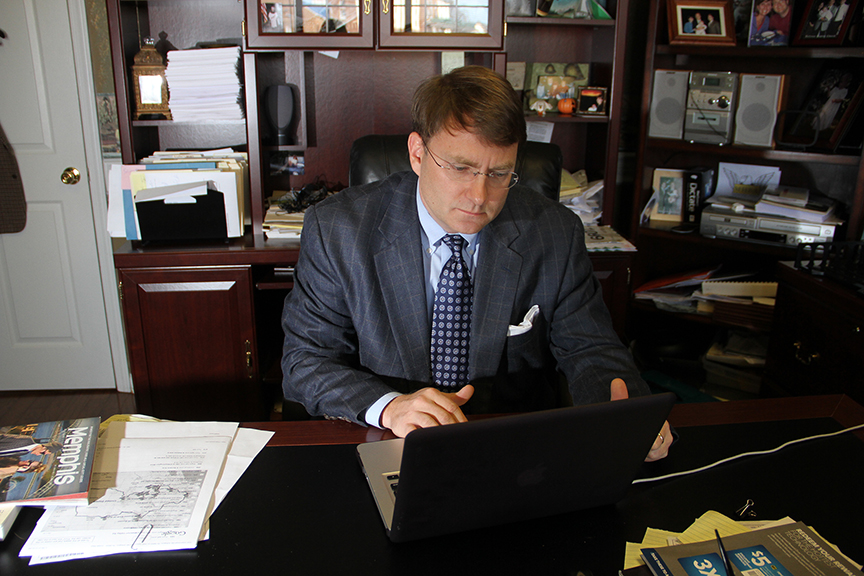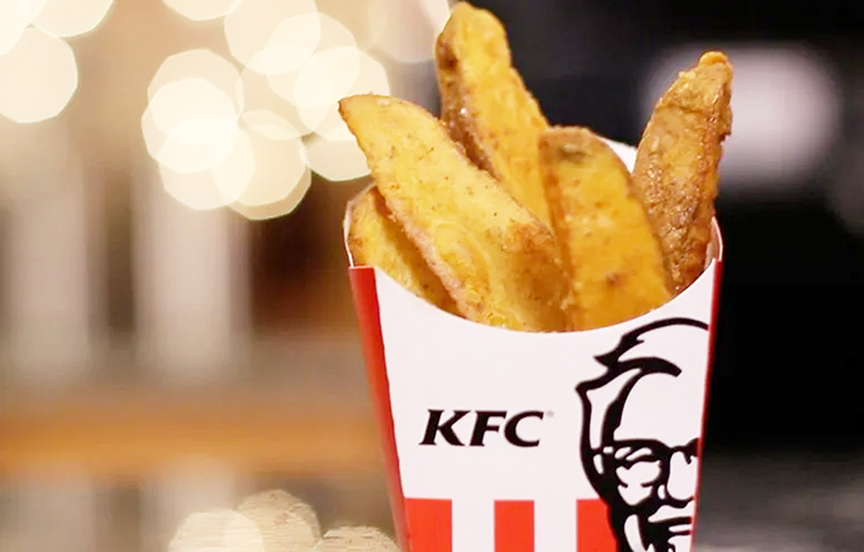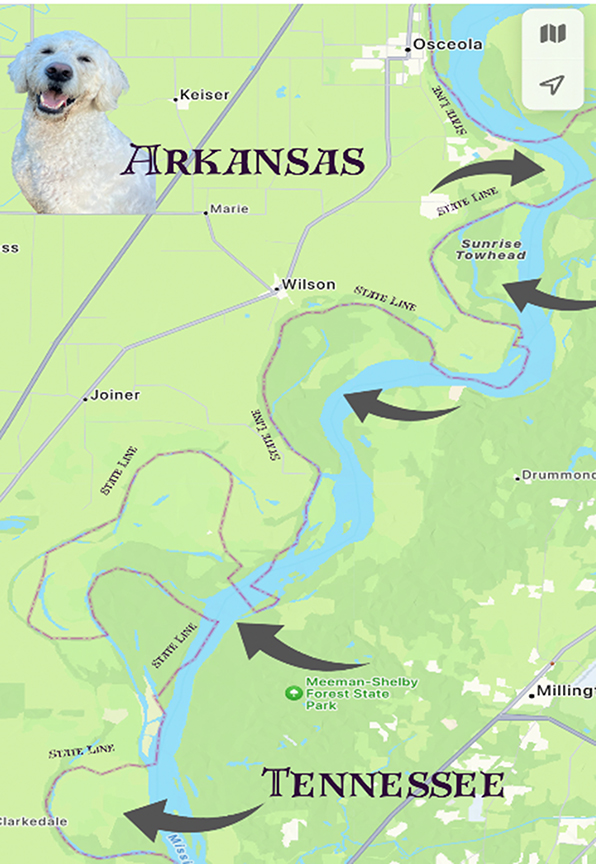
By David Peel
We can no longer believe a video of a person on the internet saying or doing something is authentic without proper verification.
We now live in a world where digital technology has significantly advanced, making it easier to manipulate and create content. This has led to the development of new technologies, such as “deepfakes,” that make it impossible for viewers to distinguish between real and fake videos.
“Deepfake technology” refers to an artificial intelligence-based technique that allows users to manipulate video or audio content by replacing the original face and voice with that of another person. This technology has been used to create videos that are often realistic and challenging if not impossible for a viewer to detect as fake. Imagine these events:
1. Political Campaigns: Deepfakes could be used to create fake videos of political candidates making controversial statements, endorsing an opposing party or policy, or engaging in criminal behavior. Such videos could be used to discredit candidates and affect election outcomes.
2. Financial Scams: Deepfakes could be used to create fake videos of bank executives or financial advisers endorsing fraudulent investment schemes. Such videos could be used to deceive investors and manipulate financial markets.
3. Blackmail: Deepfakes could be used to create fake videos of individuals engaging in illicit activities or making controversial statements. Such videos could be used to blackmail and extort money or other favors from the victims.
4. Revenge Porn: Deepfakes could be used to create fake videos of individuals engaging in sexual activities or making explicit statements. Such videos could be used to humiliate and harass victims, ruin reputations, and damage relationships.
5. Propaganda: Deepfakes could be used to create fake videos of political leaders or public figures endorsing extremist views or promoting propaganda. Such videos could be used to radicalize individuals and promote hate speech.
6. Media Manipulation: Deepfakes could be used to create fake news stories or manipulate the media. Such videos could be used to spread misinformation and disinformation, sow confusion and distrust, and undermine democracy.
7. Entertainment Industry: Deepfakes could be used to create fake videos of celebrities endorsing products or services, making controversial statements or engaging in inappropriate behavior. Such videos could be used to tarnish the reputation of celebrities and damage their careers.
Tell others that due to the sudden rise of deepfake technology means that we can no longer trust a video of a person on the internet as being authentic without proper verification. As individuals, we need to exercise caution and skepticism when consuming digital content and be aware of the potential risks of deepfakes.
Peel seeks justice for those injured in tractor trailer and car accidents, medical malpractice, and disability. He often addresses churches, clubs and groups without charge. Peel may be reached through PeelLawFirm.com wherein other articles may be accessed.






